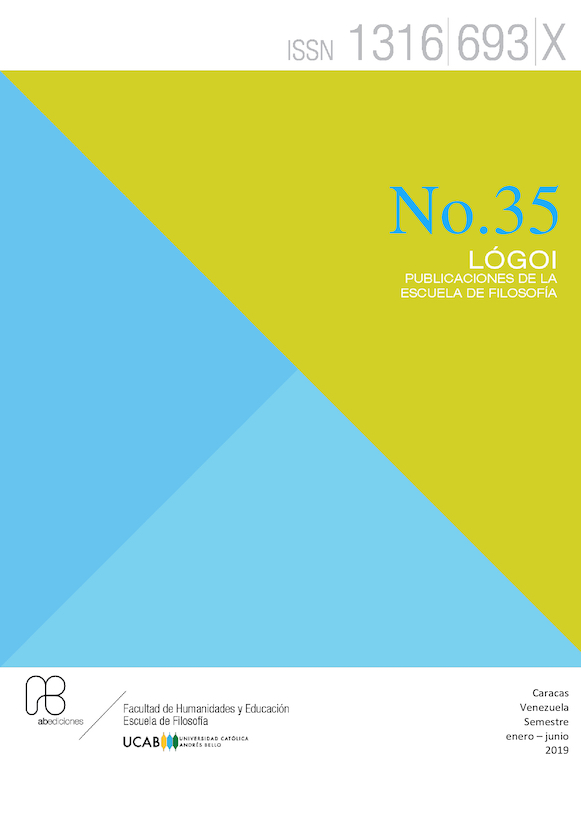The Animal Trace: The Non-Human Margins of Philosophy in Cultural Studies
DOI:
https://doi.org/10.62876/lr.vi35.4107Keywords:
animal studies, animals and humans in philosophy, interspecies communities, anthropoceneAbstract
This essay analyzes the way philosophical thought about the animal has informed the field of Animal Studies. I argue that Descartes examination of the animal as automaton, and later protectionist standpoints as Jeremy Bentham’s shaped the fundamental modern binary pairs —Nature/Culture, Animal/Human, Rational/Sentient—that have fostered the ontological consideration of the animal in philosophical discourses. I then turn to discuss how the field of Animal Studiessurpases these binary oppositions to engage with the larger historical question of the environmental crisis and the need for a new ecological ethos in the era of the anthropocene.
Downloads
References
Bentham, Jeremy: “Introducción a los principios morales y la legislación,” The Animal Reader, Linda Kalof y Amy Fitzgerald, (Estados Unidos: Bloomsbury, 2005), p. 9.
Berger, John: “Why look at animals?” The Animal Reader, Linda Kalof y Amy Fitzgerald, (Estados Unidos: Bloomsbury, 2005), p. 12.
Chakrabarty, Dipesh, “The Climate of History: Four Theses,” Critical Inquiry, Vol. 35, No. 2 (Winter 2009).
Derrida, Jacques, The Animal That Therefore I Am, (Fordham UP: New York, 2008), p. 10.
Descartes, Rene: Discourse on the Method. Gutenberg Project E-Text 59: http://www.gutenberg.org/etext/59, p.163-164.
Guattari, Félix, The Three Ecologies, (Great Britain: Bloomsbury, 2017).
Haraway, Dona, When Species Meet, (Minnesota UP: United States of America, 2008), p. 22.
Latour, Bruno: We Have Never Been Modern, (Cambridge: Harvard UP, 1993).
Lestel, Dominique: L’animalité, (L’Herne, 2007).
Willet, Cynthia, Interspecies Ethics, (New York: Columbia UP, 2014).
Wolfe, Cary,“Human, All Too Human: “Animal Studies” and the Humanities, PMLA, Vol. 124, Nro 2 (Mar., 2009), pp. 564-575, p. 570.
Published
How to Cite
Issue
Section
License
Copyright (c) 2023 Array

This work is licensed under a Creative Commons Attribution-NonCommercial-ShareAlike 4.0 International License.










.png)











